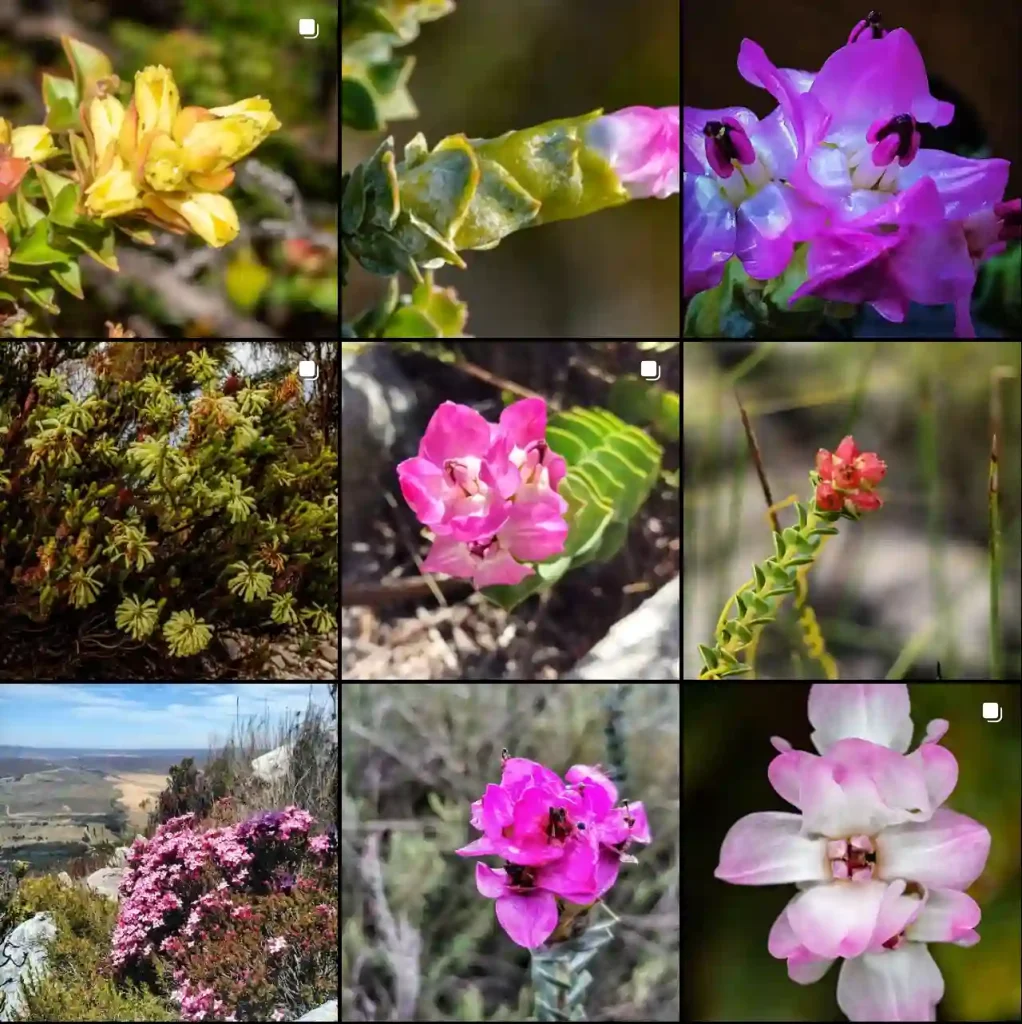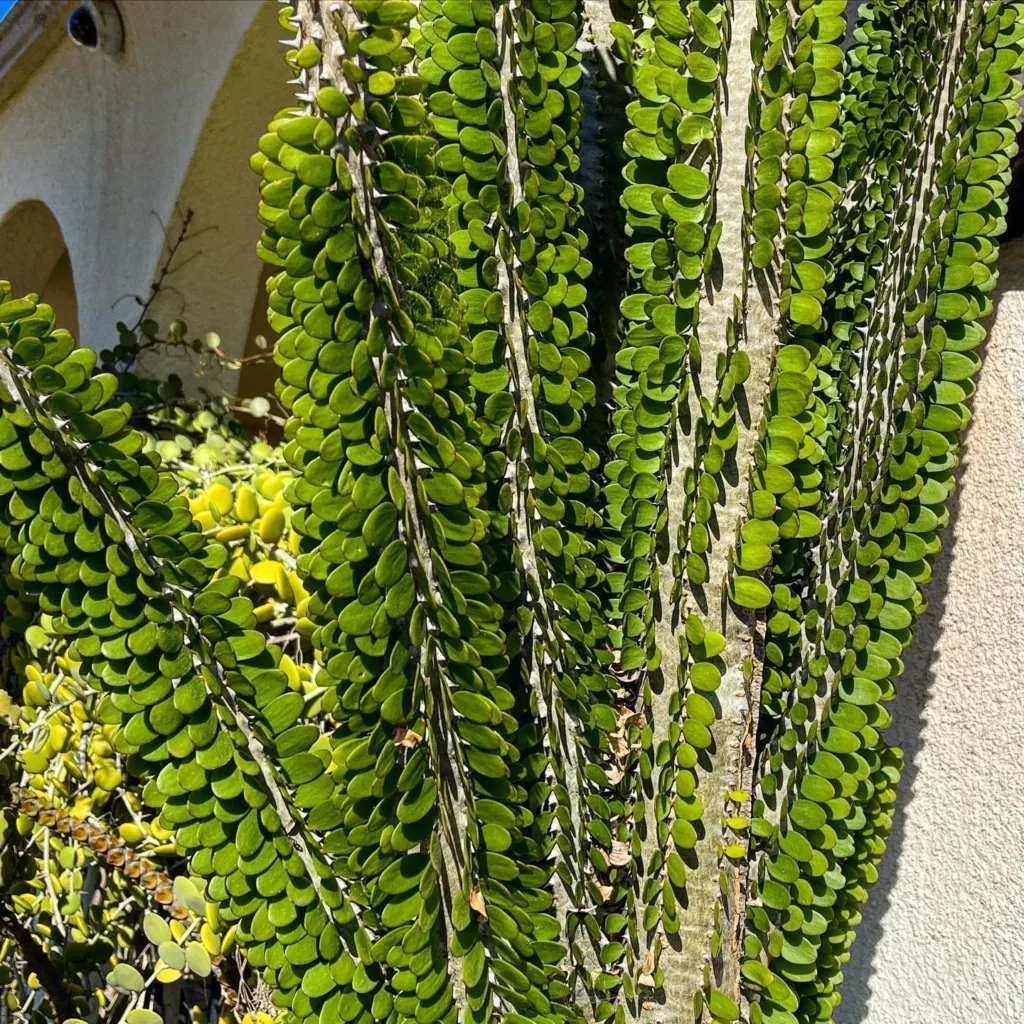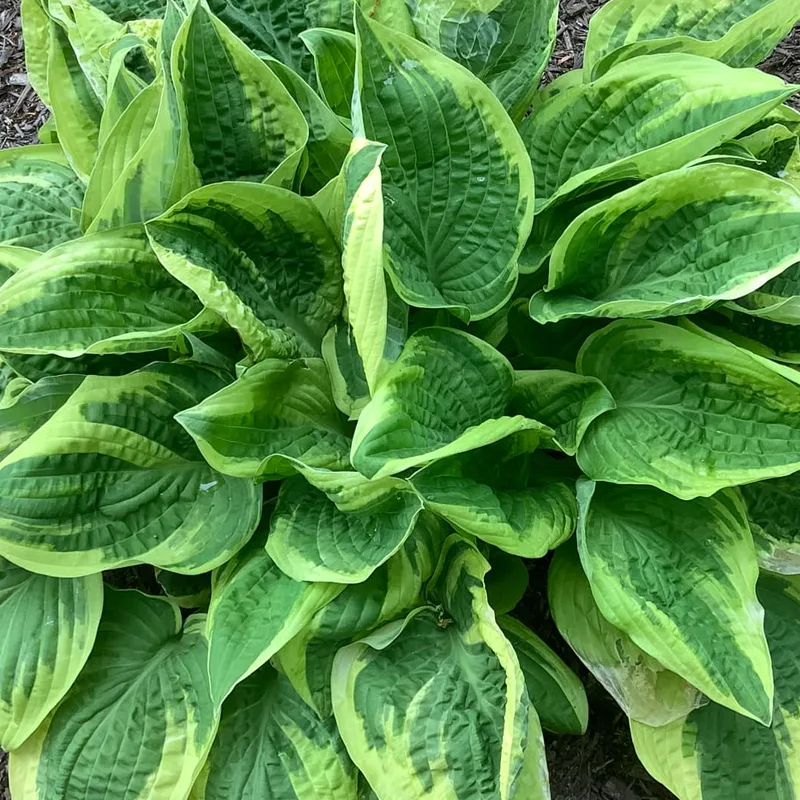
Coreopsis Tripteris: A Gardener’s Guide to the Tall Tickseed
Hi there, Ferb Vu here. As a plant enthusiast, I’ve been captivated by the tall and vibrant Coreopsis Tripteris, also known as Tall Tickseed. It’s a showstopper in any garden, boasting cheerful yellow blooms that dance in the late summer breeze. But before you rush out and buy one, let’s delve into some frequently asked questions to see if this beauty is the right fit for your green haven.
39 Species in Genus Coreopsis
What is Coreopsis Tripteris?
Coreopsis Tripteris is a herbaceous perennial native to North America. It’s known for its impressive height, reaching up to 7 feet with sturdy, branching stems. The star of the show, however, are the sunshine-yellow flowers with a reddish-brown center. They bloom in flat-topped clusters, attracting butterflies and pollinators throughout late summer and fall.
How to grow Coreopsis Tripteris?
Sun: Coreopsis Tripteris thrives in full sun. Aim for at least 6-8 hours of direct sunlight daily for optimal growth and flowering.
Soil: Well-drained soil is key. Sandy loam is ideal, but the plant adapts to average garden soil as long as drainage is good.
Watering: Water regularly, especially during the first year of establishment. Once mature, Tall Tickseed is moderately drought tolerant. Aim for deep watering when the soil feels dry to the touch.
Planting: You can plant Coreopsis Tripteris from spring to fall. Seeds require cold stratification for germination, which can be achieved by storing them in a moist, cool environment for several weeks before sowing. Alternatively, start with transplants for quicker results. Space plants 2-3 feet apart to allow for good air circulation.
How to care for Coreopsis Tripteris?
Deadheading: Regularly deadheading spent flowers encourages continuous blooming throughout the season. Simply pinch off the wilted flower heads just below the base.
Dividing: Every 3-4 years, you can divide your Coreopsis Tripteris to maintain its vigor and prevent overcrowding. This is best done in early spring or fall.
Pests and Diseases: Generally, Coreopsis Tripteris is a low-maintenance plant with minimal pest and disease problems.
Winter Care: In cold climates, the foliage dies back in winter. Simply cut back the dead stems in late fall or early spring before new growth emerges.
Coreopsis Tripteris vs. Other Coreopsis Varieties:
There are many Coreopsis varieties out there, each with its own charm. Here’s a quick comparison with two popular cousins:
- Coreopsis Lanceolata (Lance-leaved Coreopsis): This shorter variety (1-2 feet tall) boasts bright yellow flowers with a finer, more delicate form compared to Coreopsis Tripteris. It blooms earlier in the summer and is less tolerant of drought.
- Coreopsis Tinctoria (Prairie Coreopsis): Another shorter option (1-3 feet tall), Prairie Coreopsis offers a bright, cheerful display with golden yellow flowers in early to mid-summer. It’s known for its long blooming season and tolerance of poor soil conditions.
Using Coreopsis Tripteris in Your Landscape:
Coreopsis Tripteris adds a vertical element to borders and beds. Plant it towards the back to showcase its height. It also works well in wildflower meadows or butterfly gardens, attracting beneficial pollinators.
For a stunning combination, pair Coreopsis Tripteris with purple coneflowers (Echinacea purpurea), pink bee balm (Monarda didyma), or blue verbena (Verbena hastata). The contrasting colors create a captivating summer display.
Can I grow Coreopsis Tripteris in a pot?
Yes, you can! Choose a pot at least 18 inches deep with drainage holes to prevent waterlogging. Opt for a high-quality potting mix and provide plenty of sunlight. Regular watering, especially during hot weather, is crucial for container-grown plants. Deadheading and occasional feeding with a balanced fertilizer will keep your potted Coreopsis Tripteris happy.
Does Coreopsis Tripteris need staking?
In most cases, no. The sturdy stems of Coreopsis Tripteris can support themselves. However, if the plant grows exceptionally tall or is exposed to strong winds, staking might be necessary. Use a discreet stake and loosely tie the stems to it for support.
Is Coreopsis Tripteris deer resistant?
Fortunately, yes! Deer generally find Coreopsis Tripteris unpalatable due to its slightly bitter foliage. This makes it a great choice for gardens frequented by these browsing herbivores.
Can I propagate Coreopsis Tripteris by seed?
Absolutely! As mentioned earlier, seeds require cold stratification for successful germination. Sow them indoors in pots filled with a seed-starting mix around 6-8 weeks before the last frost. Once the danger of frost has passed, harden off the seedlings and transplant them outdoors.
What happens if my Coreopsis Tripteris flops over?
Several factors can contribute to a floppy Coreopsis Tripteris. Insufficient sunlight can cause the stems to stretch, leading to a leggy appearance. Overcrowding or lack of air circulation might also be culprits. To prevent this, provide adequate sunlight, space your plants properly, and consider pinching back the stems in early summer to encourage bushier growth.
Does Coreopsis Tripteris reseed?
Yes, Coreopsis Tripteris readily reseeds, which can be both a blessing and a curse. Enjoy the free volunteers in suitable locations, but deadhead spent flowers before they set seed if you don’t want the plant to spread aggressively.
Final Thoughts:
Coreopsis Tripteris is a rewarding addition to any garden, offering long-lasting blooms, low maintenance needs, and a natural habitat for pollinators. With its tall stature and vibrant flowers, it’s sure to add a touch of sunshine to your landscape. So, if you’re looking for a late-blooming showstopper, give Coreopsis Tripteris a try!
If i die, water my plants!



